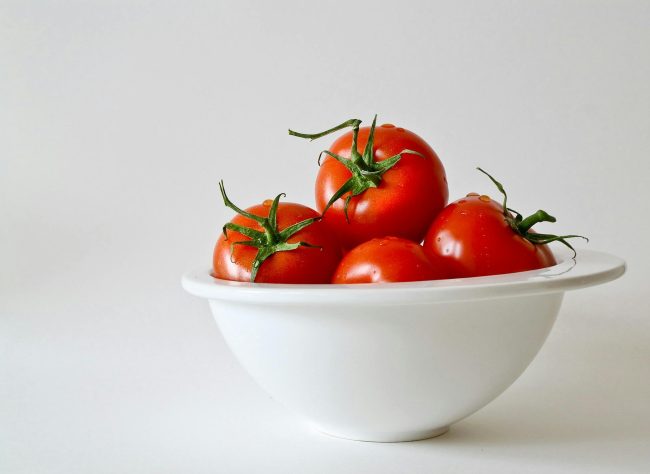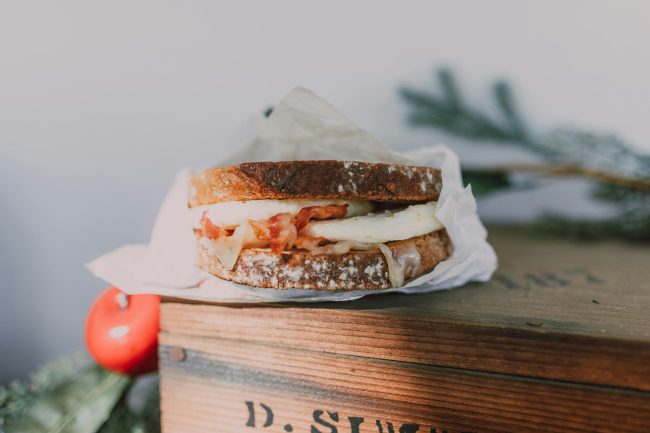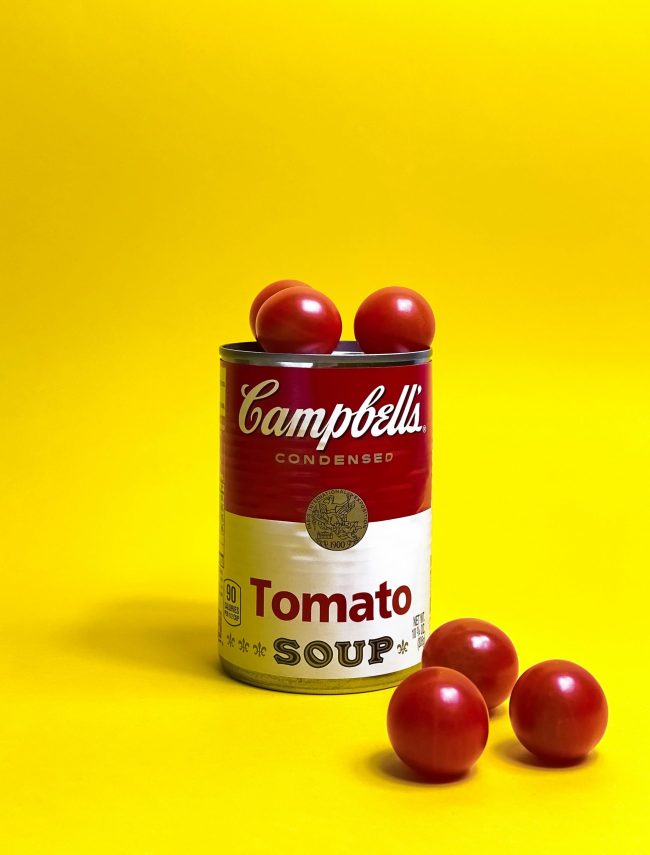Shatel Huntley has a Bachelor's degree in Criminal Justice from Georgia State University. In her spare time, she works with special needs adults and travels the world. Her interests include traveling to off the beaten path destinations, shopping, couponing, and saving.
Refrigeration is essential for keeping many foods fresh and safe to eat. We automatically store dairy, meat, and leftovers in the cold. However, not all foods benefit from a chilly environment. In fact, for some popular items, refrigeration can actually degrade their texture, diminish their flavor, or even shorten their optimal shelf life. Many of…
Online grocery shopping promises a revolution in convenience. With a few clicks, your pantry is restocked, saving you trips to the store. However, this digital ease can subtly transform into a money trap for unsuspecting consumers. Hidden fees, clever marketing, and the psychology of online platforms can lead to overspending. Before you know it, your…
Online grocery shopping has surged in popularity, promising convenience, time savings, and a modern approach to a traditional chore. Services deliver everything from pantry staples to fresh produce right to your doorstep. But beyond the appealing advertisements and user-friendly apps, what are the unvarnished realities of this service? Is it truly “worth it” when all…
Frozen pies promise a convenient, delicious dessert with minimal effort. Just bake and serve. They evoke nostalgic images of warm, flaky crusts and bubbling fruit fillings. However, the reality of many frozen pies can sometimes fall short of these expectations. From soggy bottoms to bland fillings, certain common issues lead to disappointment. Understanding these potential…
Online grocery shopping surged in popularity, offering unparalleled convenience. However, recent periods of high inflation have significantly impacted household budgets. This has led many consumers to re-evaluate their spending habits, including the costs associated with online food delivery. While the convenience remains attractive, the added expenses of online grocery shopping are now under greater scrutiny.…
Sandwich meats, or deli meats, are a convenient staple for quick lunches and snacks. However, the quality, nutritional value, and ingredients can vary dramatically from one product to another. Navigating the deli case or pre-packaged section requires a discerning eye. Some options are lean and minimally processed, while others contain high levels of sodium, nitrates,…
The term “fast food” often conjures images of quick, cheap, and perhaps less-than-stellar quality meals. However, a growing category of restaurant chains is blurring the lines. These establishments, often dubbed “fast-casual” or premium fast food, maintain the speed and convenience of traditional fast food but elevate the experience. They focus on higher-quality ingredients, more sophisticated…
A comforting bowl of soup can be a delightful meal, especially on a chilly day. While homemade soup is wonderful, and restaurant soups can be a treat, sometimes convenience calls for a good-quality canned option. Many people dismiss canned soups as inherently inferior. However, the quality and variety available today have improved dramatically. Some canned…
Dining out is a wonderful treat. It offers a break from cooking, a chance to socialize, and an opportunity to try new flavors. However, not all restaurant menu items offer the same value for money. Some common, seemingly basic dishes often carry surprisingly high markups compared to their ingredient costs and preparation complexity. Restaurants need…
The United States has its share of national supermarket behemoths. However, scattered across the country are beloved regional grocery store chains that command fierce loyalty from local shoppers. These stores often offer a unique shopping experience, specific local products, or a company culture that resonates deeply with the community. Outsiders visiting these regions might not…











